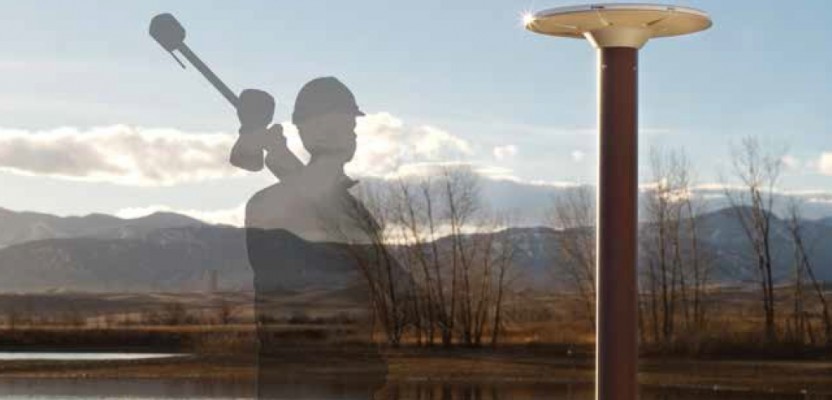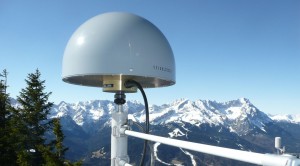Paper Title:
Best Practices for the Development and Operation of RTN – Real-Time GNSS Networks
As presented to the Latin America Geospatial Forum (LAGF 2016) – October 5th, 2016 – Mexico City
Abstract:
Real-time GNSS networks (RTN) have been a reliable tool for precise positioning, location, and measurement since the late 1990s. From the collective body of experience of the hundreds of RTN worldwide, clear trends and best practices for development and operation have emerged. This paper examines the essential considerations for establishment of an RTN, key features to ensure its continued value, and operational models for optimal up-time and performance.
Photo credit – RTN of the Bavarian Land Agency
Most particularly, RTN have been commonly used in developed and developing economies to provide highly accurate location coordinates. These coordinates are utilized for a myriad of applications: land surveying and mapping for cadaster and land administration projects; earthquake-, tsunami-, and volcanic-warning systems; emergency response and post-event analysis; monitoring the structural integrity of critical infrastructure such as bridges and dams, and reducing the costs of large infrastructure projects by utilizing smart and precision technologies. Geospatial data infrastructure is slowly but surely becoming part of a nation’s critical infrastructure. Considering the increasing importance of standardized, comprehensive and updated spatial information, it’s surprising that these types of networks are often ignored or that outdated technologies are used when various government, bilateral, and multilateral agencies design projects. This paper revisits the evolution of real-time networks and outlines the most important technical considerations to deploy and manage an RTN to help these agencies in guiding their projects.
Outline:
- Introduction
- RTN components
- Features and services
- Reference framework
- DesignOperations
- Drivers and sustainability
- Conclusions


